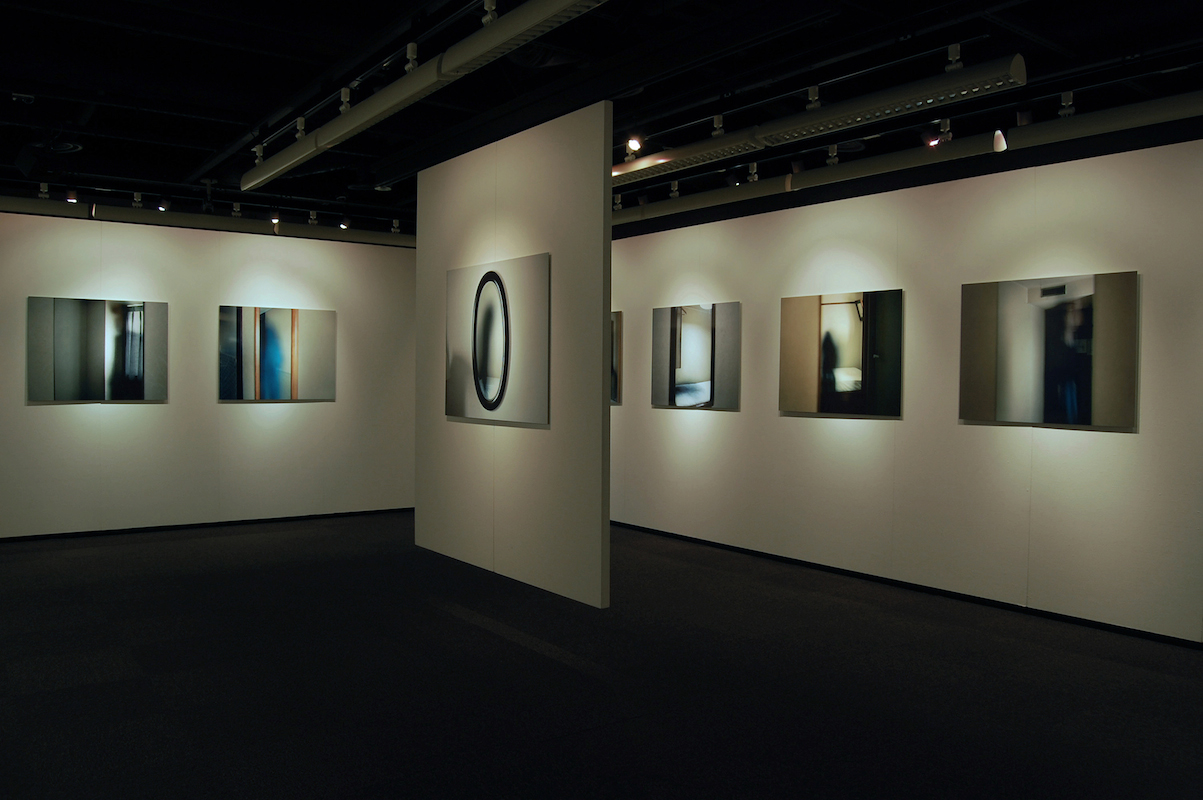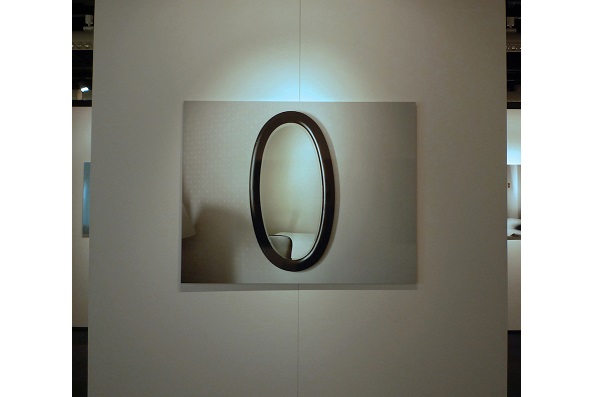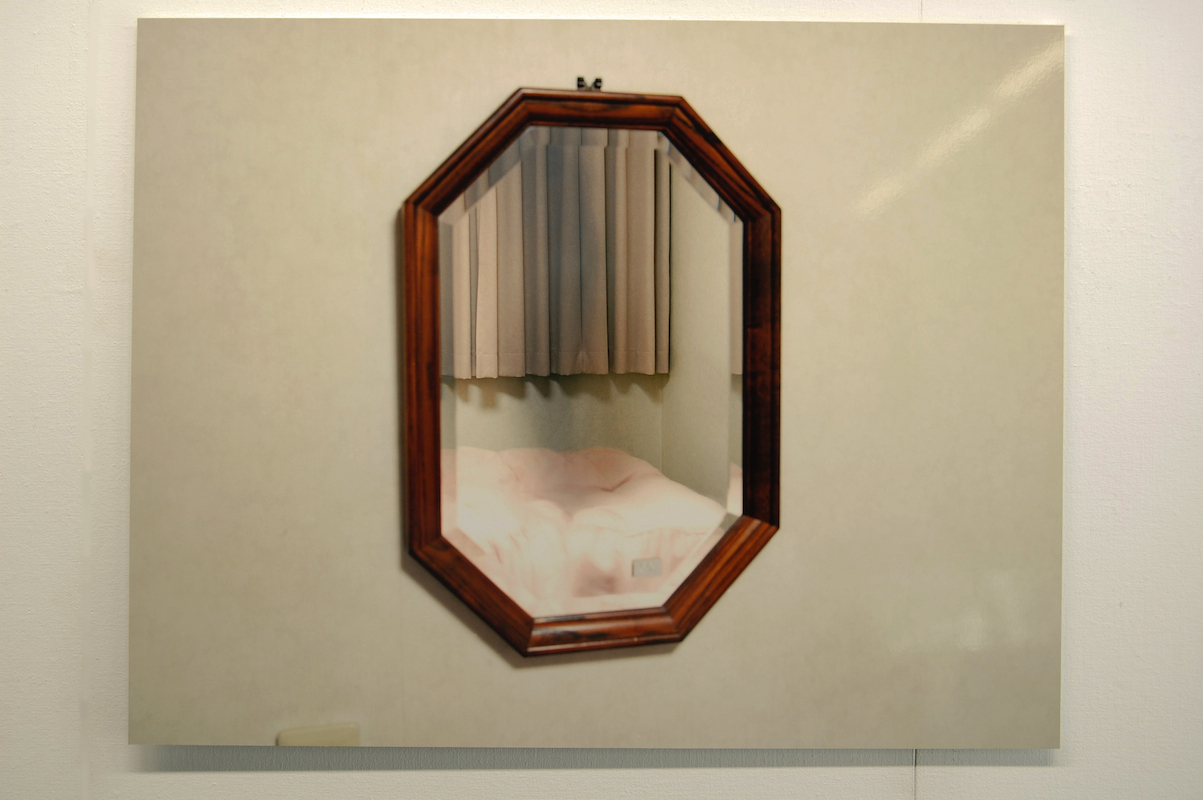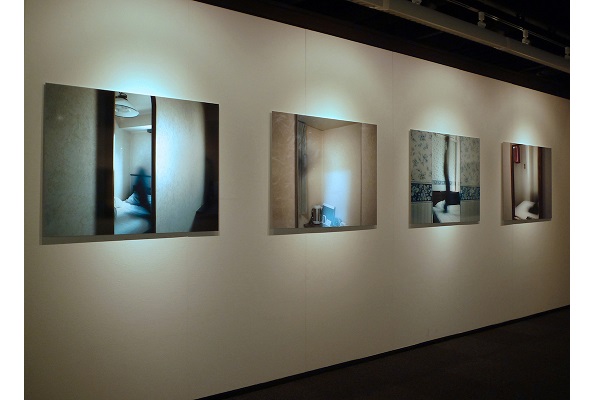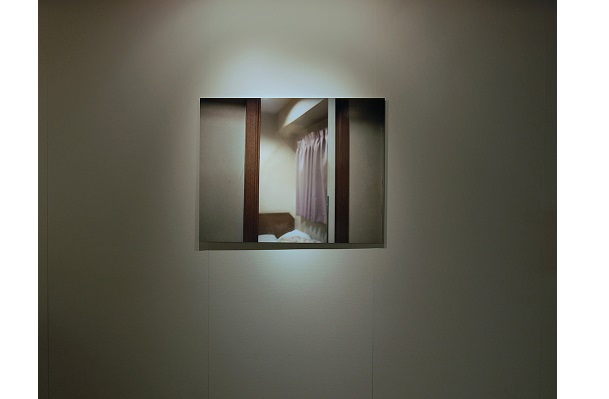Shadow in the Mirror
2012 “Shadow in the Mirror” Nikon Salon bis OSAKA [Osaka, Japan]
2011 “Shadow in the Mirror” Nikon Salon [Tokyo, Japan]
2013 Nordart 2013 [German, Budeldorf]
2012 Nikon Salon bis OSAKA [Japan, Osaka]
2011 Nikon Salon [Japan, Tokyo]
2010 Master class graduate exhibition [Japan, Yokohama]
2010 “WIP” at Museum of Tokyo National University of Art [Japan, Tokyo]
Shadow in the Mirror
Mirrors have played important roles in multiplying images which people have, in addition to ordinary practical uses. Matsumae Ken, a mythologist, says, “People have identified their shadows in the mirror with their spirits and souls in Japan. Especially ancient Japanese people tried to find their own figures in the reflections on the water.” (“An Investigation on Ancient Japanese Culture ‘Mirror’”) One theorist writes that the origin of the word “kagami” (mirror) is “kagemi”(seeing the shadow in the mirror).Ancient Japanese people considered that shadows in the mirror were reflection of their spirits and souls. Mirror is a necessary article of life.
In addition to casual use, mirror has been used for decoration and artistic works. Mirror has an effect to expand our imaginations. Psychologist C.G Jung says, “Our minds produce the real fact day by day.” It means that what we see as reality is decorated by our imaginations, and the reality changes every day. We can create psychological realities on a mirror. Mirrors can be said to be a medium that has changeable and archetype images.
